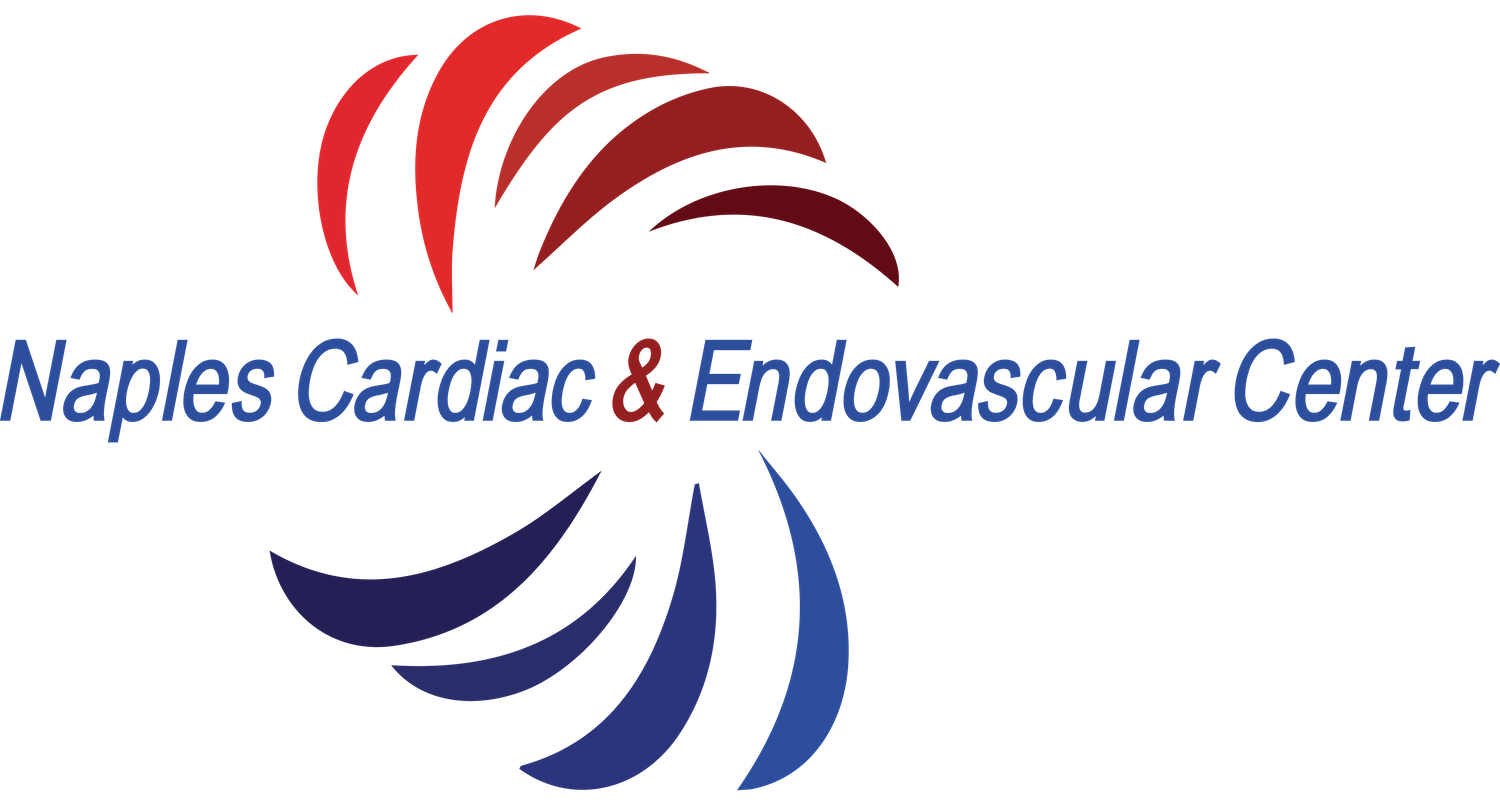What are spider veins?
Telangiectasias (“telos” end; “angio” vessel; “ectasia” dilatation), also called “Spider Veins” or Thread Veins”, are small superficial blood vessels that appear near the surface of the skin and may be red, purple, or blue in color. They are frequently found in the legs, around the back of the thighs and calves.
Dr. Leandro Perez tells you everything you need to know about this common problem. Find out what causes spider veins, how they're treated, and more.
Symptoms of telangiectasia (spider veins)
Spider veins can be considered a cosmetic problem and thus have no real impact on health.
They are visible small blood vessels measuring 1-1.5mm in size and can be associated with pain or discomfort in the affected area.
In some cases, they may coexist with venous insufficiency resulting in symptoms related to the venous reflux problem.
What causes telangiectasia (spider veins)?
Spider veins are fundamentally caused by structural abnormalities within a blood vessel. They may occur alone and without any associated venous pathology.
Diagnosis of telangiectasia (spider veins)
Spider veins are readily identifiable with a physical examination and do not require a specific imaging study unless patients report symptoms suggestive of venous insufficiency.
Spider vein treatments
Treatment is conservative in most patients. Conservative treatment for spider veins can include compression stockings and lifestyle changes to manage symptoms.
In some cases, the veins can be eliminated by injecting a substance inside the vein (sclerotherapy) or using a laser-based approach.
To request a consultation click below or call (239) 300–0586


